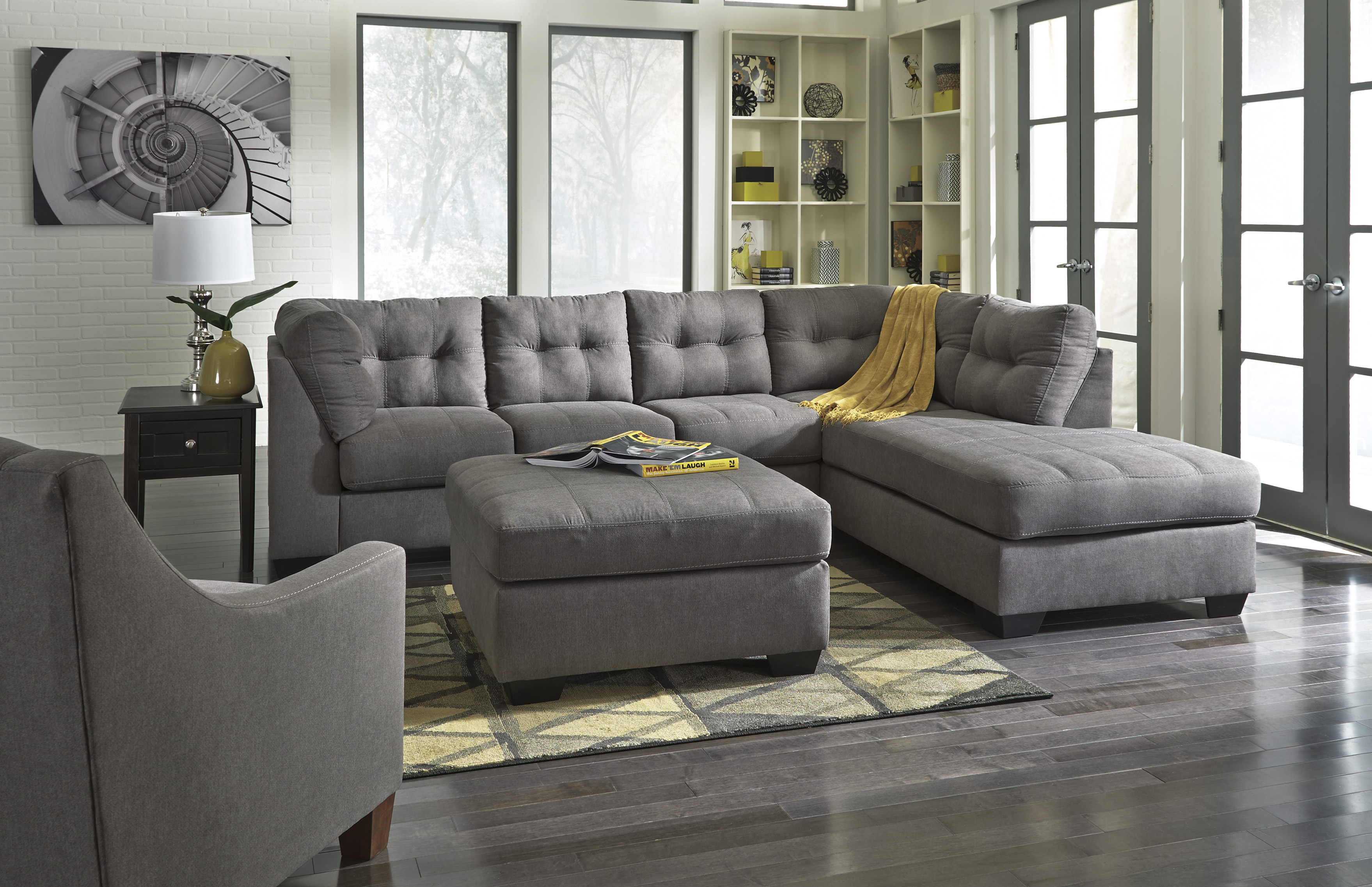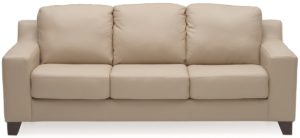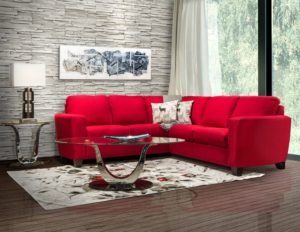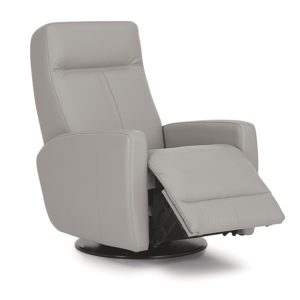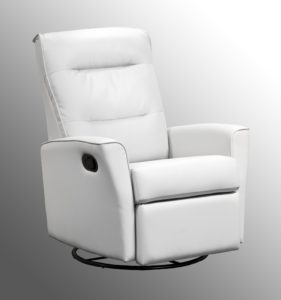Have you ever been in a furniture store shopping for a sofa or sectional, checking the wide range of covers available and suddenly feeling completely overwhelmed? It’s normal, the large number of choices can sometimes lead to this state of uncertainty. But just like you have to study before taking an exam, you need to prepare before shopping living room furniture.
Here is a list of things to consider before embarking on your shopping venture.
Identify Your Needs
First of all, you have to ask yourself a few questions to determine your needs. How do you intend to use your sofa? Is it for watching TV? Will you sit there with your laptop to work? Will you be eating on it? Is there a chance that your little devils will use it as a playground? Or is it only meant to decorate your room?
You will have different requirements depending if you want to watch TV or just embellish your living room. In the first case, you will look closely at the cover, how comfortable and resistant it is, and in the second case, you will focus on the look, the style and the trend. Moreover, if you have young children, an easy to clean material will be your priority.
Consider the Size and Configuration of the Room
What is the available space for your furniture? Measure carefully the surface where you want to place your furniture and compare it to the size of the models that you like. Keep in mind that in a large showroom, furniture tends to appear less imposing and this could lead to an unpleasant surprise at delivery.
You also have to consider doors, passage ways, windows and electric baseboards. It is strongly recommended to keep your sofa away from direct sunlight or a heat source to avoid the fading of covers and leathers.
Pick The Right Combination
What configuration are you looking for? Sofa or loveseat? Sectional or reclining sofa? Chair with or without an ottoman? How many seats do you need? Two, three or … six? Of course, you will decide on the size of the furniture – length, depth and height – based on the space available.
If you have a large living room, a U or L-shaped sectional will fill the room and create divisions without adding low walls. In a small living room, a loveseat combined with two matching chairs will be easier to fit in than a three or four-seat sofa, unless you go for the trendy condo sofa that is bigger than a loveseat, but smaller than a 3-seat sofa.
Respect Your Budget
Like any large purchase, it’s best to determine a budget before you start shopping. After considering quality and the desired lifespan, how much are you willing to spend? It has to be said that the price of a sofa is a reliable indicator of its quality. You know what they say: you get what you pay for.
Select The Best Cover
Leather or fabric? Which should you choose?
Leather is material that ages well usually developing its own beautiful patina; however, the high-end, expensive top-grain aniline leather may not be a wise choice, especially if you have young children or pets who could leave stains or scratches.
On the fabric side, synthetic materials such as polyester are a great alternative. Although very stain resistant and durable, they have a soft-to-the-touch, velvety feel.
Tough enough to withstand family wear and tear yet economical, a polyurethane cover with the look and feel of leather makes an excellent choice.
Well, you’ve done you’re homework and are well equipped to brave the store. All that’s left is the fun stuff: how it’s going to look in your living room!
Some friendly advice: while you’re shopping, check out the occasional tables too. Physically bring them (with the help of the sales associate, of course!) along side the sofa you’re thinking of buying and see how they match. Plus, chances are, if you buy both at the same time, you’ll save both time and money. See my previous article How to buy living room tables for some helpful tips.
Take care,
Patrick

